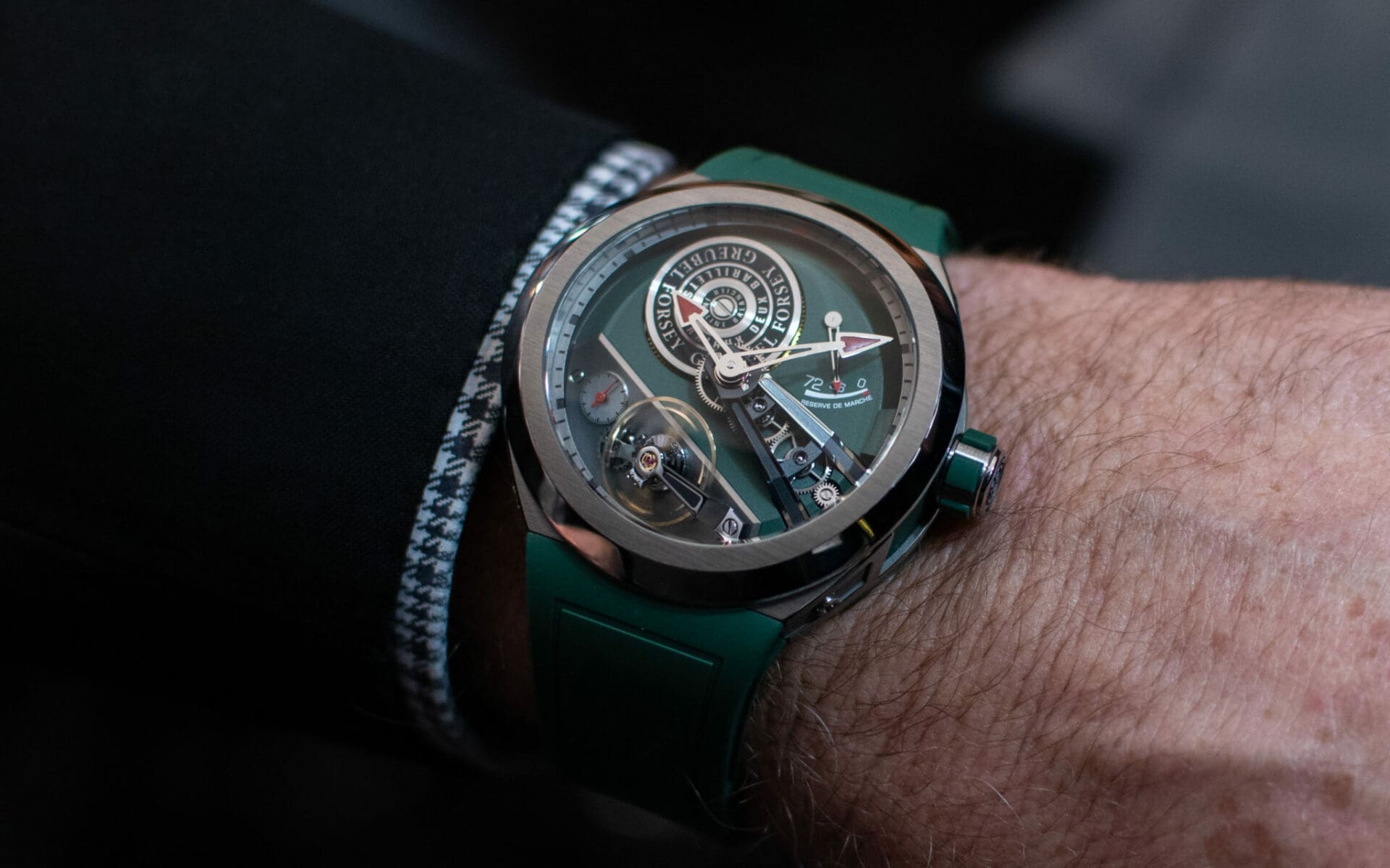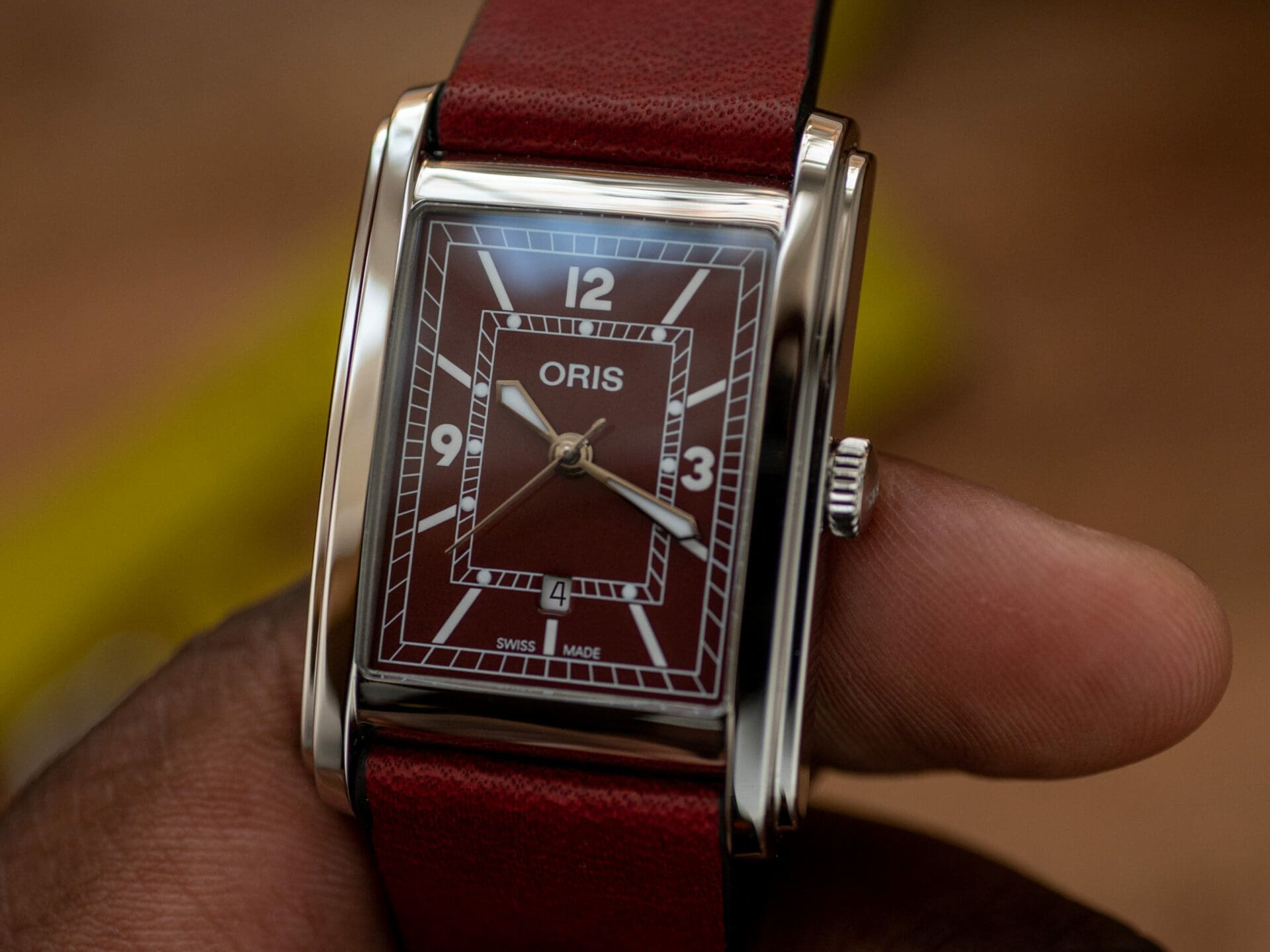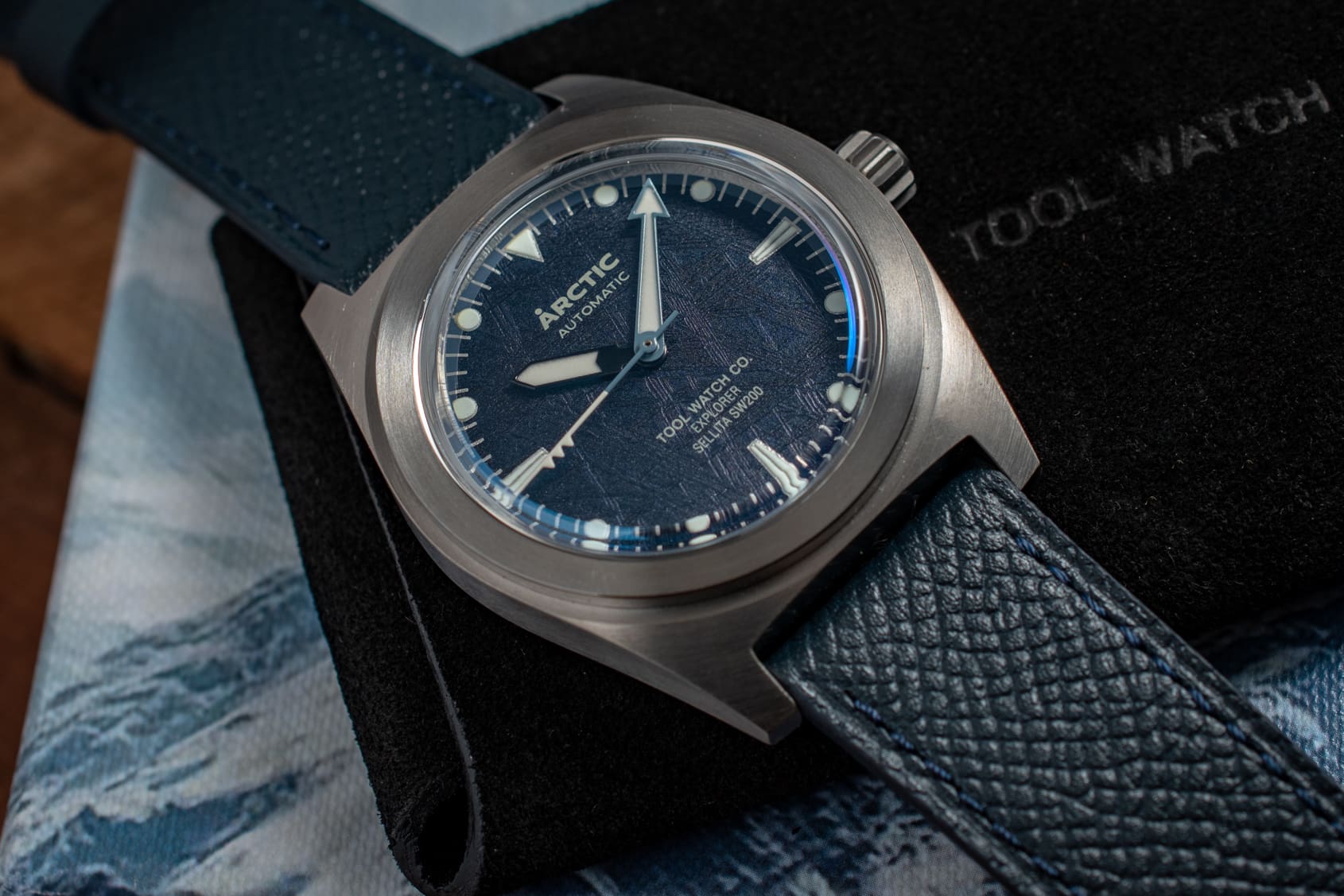Navigating watch terms: What’s the difference between an independent and a microbrand
Ricardo SimeThe other day, I hopped on YouTube to watch a recent video of Teddy Baldassarre with Kevin O’Leary. I heard one of my favorite microbrands was mentioned during the episode so I wanted to see what’s what. However, as the video started, Kevin O’Leary mentioned the microbrand Ming and how he came to love their watches. In response to calling Ming a microbrand, Teddy responds that he’d “say they’d ascended into more of the independent status”.
That one line started me on a path where I questioned how we define that difference between microbrand and independent. And if a difference even exists.

In my day-to-day use of the words, I’ve tried my hardest to base any distinction between the two on a clear definition. A microbrand deals in small quantities of watches while consisting of a small team. This means where the watches are produced and how they are assembled has no bearing on the term. As for an independent, they can be defined as a brand that is not owned or controlled by a larger entity. Thus, a microbrand can be an independent and an independent can be a microbrand.
Yet this is where the waters start to get a bit murky. As is commonly the case, the term “independent” instead has become a standard for high-end, luxury watch manufacturing. Think F.P. Journe or Greubel Forsey. When you search independent watchmakers, these are the brands that tend to fill your screen. Independent is used as a term of endearment, a way of quantifying how special these brands are.

What makes this even more confusing is how certain brands, though the term applies to them, don’t seem to benefit from this endearment. Oris, which is a completely independent brand, rarely gets mentioned on the indie list.

The term microbrand on the other hand has become synonymous in some groups with “lesser than”. In some of the responses I get to our Micro Monday articles, that attitude purveys. It boggles my mind because the goal of microbrands is to produce strong, dependable and affordable watches. Some create alternatives to larger brand offerings while other experiment with a completely new aesthetic. And bam, there you see it. Even in trying to explain the term, I’ve fallen into the same trap of classifying microbrands as what they create instead of how much.

The more and more I go over these terms in my mind, the more I realize that neither term alone works for what I am trying to convey. Furthermore, if I put myself in the shoes of someone who just got into watches, I could see the possible confusion. Imagine a situation where you buy an independent, thinking its $5,000 price tag is warranted, only to realise the brand is taking advantage of how the term is perceived.
So what’s the solution to how these terms are perceived? One could always add a descriptor in front. Entry-level microbrand. High-end independent. Yes, that may lead to more questions but those questions can help a buyer get a better understanding of what they are getting into. At the end of the day, that better understanding has more value to a collector than any term you can throw their way.



